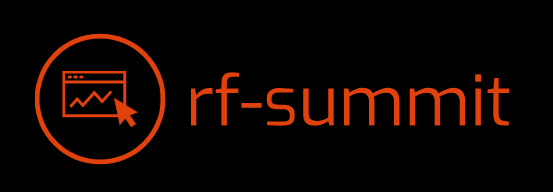Work-Life Balance Finding Your Perfect Flow
Understanding Your Personal Definition of Balance
The phrase “work-life balance” gets thrown around a lot, but what does it actually mean to you? For some, it might be a strict 50/50 split between work and personal life. Others might find fulfillment in periods of intense focus on work followed by extended periods of relaxation and leisure. There’s no one-size-fits-all answer. The key is to honestly assess your own values, priorities, and energy levels. What truly rejuvenates you? What activities leave you feeling drained? Understanding this is the first step towards creating a sustainable and fulfilling routine.
Identifying Your Energy Peaks and Valleys
We all have times of the day when we’re more productive and energized, and times when we’re less so. Pay attention to your natural rhythms. Are you a morning person who thrives on early starts? Or do you find your creative flow kicks in later in the day? Scheduling demanding tasks during your peak energy periods and lighter tasks for your less energetic times can significantly improve your productivity and reduce stress. This awareness allows you to work *smarter*, not harder.
Setting Realistic Goals and Prioritizing Tasks
Overcommitment is a major culprit in work-life imbalance. Learn to say no to tasks or projects that don’t align with your priorities or stretch your resources too thin. Break down large projects into smaller, manageable chunks. Use tools like to-do lists or project management software to keep track of your progress and stay organized. Remember, it’s okay to not do everything. Focus on what truly matters and delegate or eliminate the rest.
The Power of Time Blocking and Scheduling
Time blocking involves scheduling specific blocks of time for particular tasks or activities. This isn’t just about scheduling work; it’s about scheduling everything – exercise, family time, hobbies, even relaxation. By visually mapping out your day or week, you create a framework that helps you stay on track and prevents tasks from spilling over into other areas of your life. It provides a sense of control and predictability, reducing the feeling of being overwhelmed.
Building Healthy Boundaries Between Work and Personal Life
Establishing clear boundaries is crucial. This might involve setting specific work hours and sticking to them as much as possible. Designate a workspace separate from your relaxation areas. Turn off work notifications after hours and resist the urge to check emails or respond to messages outside of your designated work time. These boundaries protect your personal time and allow you to fully disconnect and recharge.
The Importance of Regular Breaks and Downtime
Burnout is a real threat to work-life balance. Regular breaks throughout the day are essential for maintaining focus and preventing fatigue. Step away from your computer, stretch, take a walk, or simply close your eyes and breathe. Incorporate regular downtime into your schedule – weekends, evenings, or even short breaks during the day – to disconnect, relax, and pursue activities that bring you joy and rejuvenation. This prevents burnout and enhances productivity.
Mindfulness and Self-Care Practices
Incorporating mindfulness










